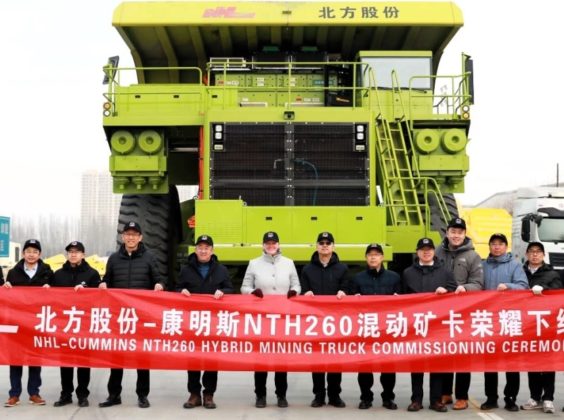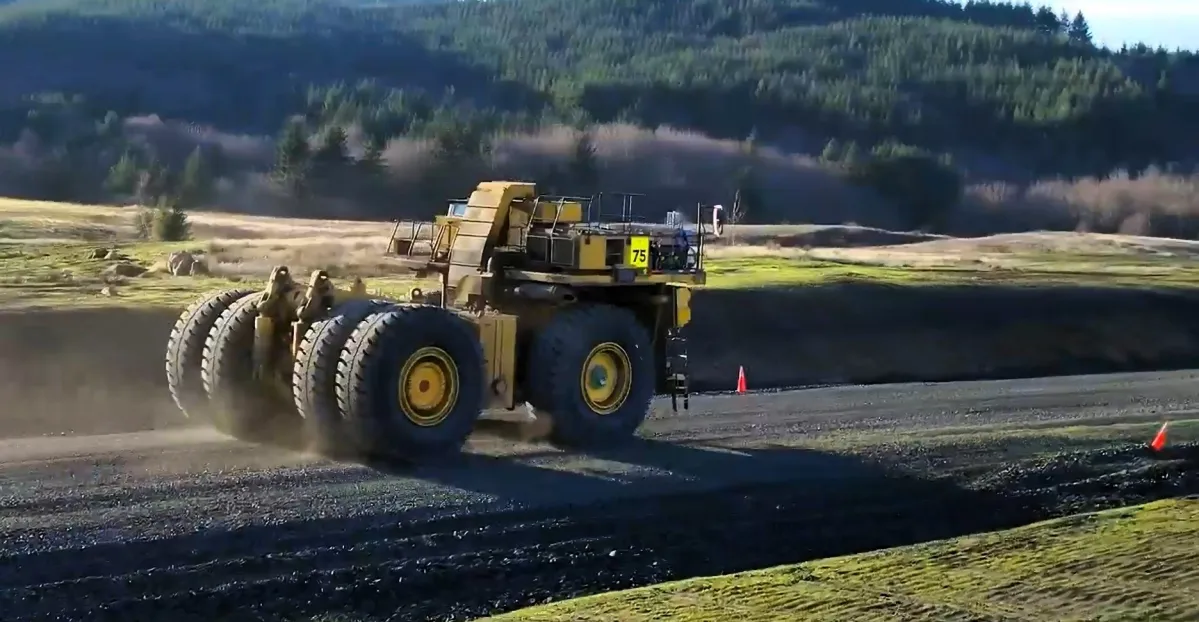Cummins has had an action-packed year, demonstrating, it says, real progress through strong industry partnerships on the path to Destination Zero.
Through its use of bridge solutions – including hybrid engine developments, dual-fuel solutions and others – it continues to show its mine electrification and decarbonisation leadership status. At the same time, its on-highway business exposure is allowing it to see a path through to the mining industry’s ultimate net-zero destination.
Following the First Mode acquisition, Cummins is set to make even more exciting announcements at the upcoming The Electric Mine 2025 conference in Santiago, Chile, taking place May 13-15. Ahead of the event, IM put some questions to Molly Puga, First Mode General Manager at Cummins.
IM: Your presentation at The Electric Mine 2025 is titled, ‘Cummins partnering to accelerate mining hybrids towards electrification.’ To start with, can you tell us where hybrids fit into the wider Destination Zero roadmap Cummins is working with the mining industry on?

MP: Cummins’ Destination Zero strategy helps customers navigate the energy transition to zero carbon, zero emissions solutions. With that, we recognise that each industry transitions at its own pace. For example, mining is moving slower than the Cummins’ on-highway business. Our approach is to meet customers where they are, providing lower-carbon solutions for every step of the way. Some customers will transition faster than others, and our portfolio includes various technologies tailored to their needs.
To help customers today, we need to focus on hybrid solutions as they can both improve emissions profiles and lower total cost of operations. Hybrids are currently the only decarbonisation solution that reduces operational expense, and we believe they have long-term potential – especially when paired with dual fuel solutions or HVO.
IM: Even before you acquired most of the assets that make up First Mode, you had already delivered a ‘hybrid step’ with a hybrid NHL NTH260, 220 t mining truck rolling off the production line in Baotou, which is now running at the Baiyun Iron Mine, in China. This involved not only downsizing the engine, but also supplying the power electronics, the battery module and the integration across the powertrain. How did this exercise lay the groundwork for the commercial offering you now have with the HEV retrofit kits from First Mode?
MP: Our pilot with NHL was a valuable opportunity to demonstrate the potential of hybrid technologies. Initially, there was skepticism about the actual fuel savings, but the NHL pilot allowed us to quickly prove that the technology works and yields real savings. By comparing operations with and without hybridisation on the same route, we clearly demonstrated significant fuel savings.
Once we demonstrated the benefits, it became clear internally that a hybrid truck is a better truck. Miners, especially those focused on operational costs and productivity, found that hybrids offer significant improvements in both areas. The real-world results helped us attract other miners as potential customers for our retrofit kit and enabled more informed discussions with other OEMs about the practical advantages of hybrid technology.

IM:The system First Mode designed was for retrofit only, but given your relationship with Komatsu, is there an option for this technology to be used in new mining trucks (ie a Power Agnostic truck)?
MP: Our focus is on retrofit solutions to provide immediate benefits to miners, including operational and decarbonization advantages. Since miners turn over their fleets slowly, retrofit is the clear first step for meaningful impact. We are collaborating with Komatsu on hybrid development, and it remains to be seen whether we will focus solely on retrofit or also develop first-fit solutions, as we are already doing with NHL. This decision depends on the longevity of demand for hybrids, and we are receiving signals that demand for electrification and hydrogen technologies are softening, which could create opportunities for first-fit hybrids.
IM: Alternative fuels have also been included by Cummins on this Destination Zero roadmap. Can you provide a progress report on this work, and the dual-fuel trials you are working collaboratively on with Vale and Komatsu?
MP: The ethanol dual fuel kit is currently in development within Cummins – building off our previous methanol dual fuel program – with a pilot launch targeted for 2027. Our investment in an alternate fuel test cell demonstrates that we’re moving beyond planning to actual implementation. Furthermore, we’re seeing potential market demands for alcohol fuels in regions like India and Asia Pacific, suggesting broader applications beyond South America.
IM: How far away are we from, say, a dual-fuel/battery hybrid truck solution? Is this something you are also working on a business case for?
MP: As referenced earlier, our strategy roadmap shows benefits from hybridisation and alternate fuels. Combining them allows customers to further decarbonise and burn less fuel. To start, we’re progressing the technical maturity of both hybrids and dual fuel separately, with the end goal of combining them later in the decade.

IM: Cummins will have attended four successive The Electric Mine conferences with its presence in May, in Santiago. How do you think the mining sector’s appetite for fleet electrification solutions has changed over that time frame?
MP: With hybrids, you can make a business case for a single truck, which makes sense due to significantly lower capital requirements and the flexibility to not commit entirely to one solution. In contrast, battery-electric vehicles necessitate a business case for an entire fleet to justify the high infrastructure costs, making fleet-level electrification essential for the math to work.
The timeline for full electrification in mines will largely depend on miners’ willingness to invest in one solution. In an economically compressed environment, there is likely to be more pressure to delay large investments if other credible solutions are available. This suggests that, as of now, these investments may be postponed, although this situation may change in the future.
Cummins is both a Gold Sponsor and a Sponsor of the Networking Dinner at The Electric Mine 2025, with Molly Puga set to present, ‘Cummins partnering to accelerate mining hybrids towards electrification,’ on May 14 at 10-10:30 am











